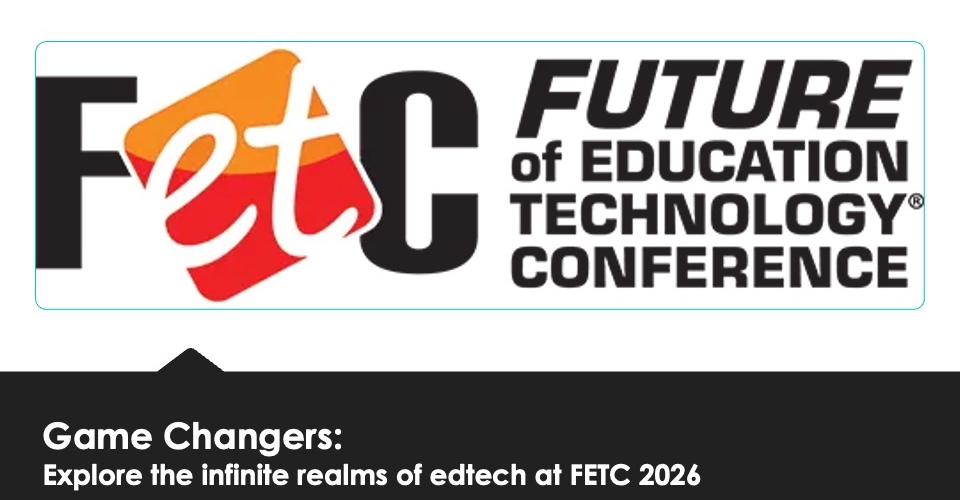Question: How do we help young people become “really good at life?” Here’s one answer: By building a robust portrait of a graduate.
Fact: This week’s guest on District Administration’s ‘Talking Out of School’ podcast provides a framework for creating a portrait of a graduate that better equips students to transition from K12 to college and careers. Mike Duncan, CEO of the nonprofit Battelle for Kids, works with his team to guide district leaders in sparking curiosity in young people to engage them in more meaningful and rigorous learning.
“The nation has just been focused on high-stakes, standardized testing that aims to rank and sort students, but probably not much more,” Duncan says on the podcast. “And so the idea was ‘How do we leverage rigorous, academic content to create experiences where young people can develop a set of durable skills that are locally developed and globally positioned?'”
Super moves: 3 leaders are taking new posts
Three underlying themes elevate the portrait of a graduate concept: inquiry-based learning, a high degree of student self-direction and authentic placed-based projects that have value beyond school.
“The portrait of a graduate is not, unto itself, the movement, the portrait graduate is a catalyst for deeper instructional transformation inside of school,” Duncan advises. “When you think about those three characteristics, that’s an incredibly powerful learning environment that creates joy and meaning for young people.”
Check out the podcast for some concrete examples of districts and states—such as North Carolina—that have created expansive portraits to establish a shared vision for K12 learning and the skills colleges and employers now require of high school graduates.
“The portrait of a graduate begins to help schools assist young people in being really good at life,” Duncan concludes. “And so the idea that the people who will be successful in this next generation will be those who have the ability to unlearn and relearn rapidly and in real-time—that is the type of environment and cultivation of instructional design that we believe all young people should have access to.”
Listen to the podcast below, or on Apple, Podbean or Spotify.



